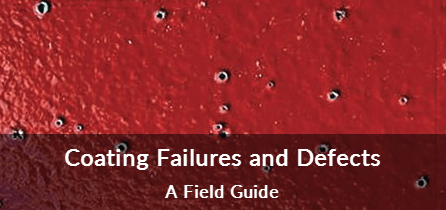What Does
Bleeding Mean?
Bleeding is a kind of paint defect. Bleeding refers to the diffusion or seeping of a soluble dye from the substrate through the top coat color. In general, bleeding causes a spot-like discoloration of the top coat, mostly producing a reddish or yellowish color. In bleeding, the undercoat stains through the top coat, so bleeding could be a source of corrosion of the substrate.
To prevent coating failure, it is important to use dye stuffs with sufficient solvent resistance to prevent bleeding.
Free Coating Failures and Defects Guide – Sponsored by Fitz’s Atlas 2

Click here to download your free guide!
Corrosionpedia Explains Bleeding
Bleeding is a coating defect causing unwanted discoloration on the upper coat. This is caused by the diffusion of pigments and/or dye stuffs from the lower coat of coating film to the upper coat from an excessive use of solvents (sometimes resins). Bleeding often appears where bituminous or tar-based products are overcoated with top coats. Tar or bitumen are solubles in top coats and cause this bleeding. Bleeding is also seen with emulsion paints.
Causes of bleeding:
- Use of excessive peroxide with the putty
- Inadequate mixing of the hardener with the putty
- Lack of isolation-sensitive colors
- Improper surface cleaning
- Soluble dyes from the old paintwork are dissolved in the solvent of the repair materials, and change in the shade at the surface
- Residues from bitumen and tar
To avoid paint bleeding, use the correct coating specification, appropriate sealer coat and compatible materials; and remove all contamination including bitumen and tar deposits before painting.
The paint bleeding area can be repaired by removing the stained or contaminated layer and applying a suitable sealer coat to prevent the diffusion of soluble-colored material from the substrate. Apply a sealer coat to remove the stained or contaminated layer.